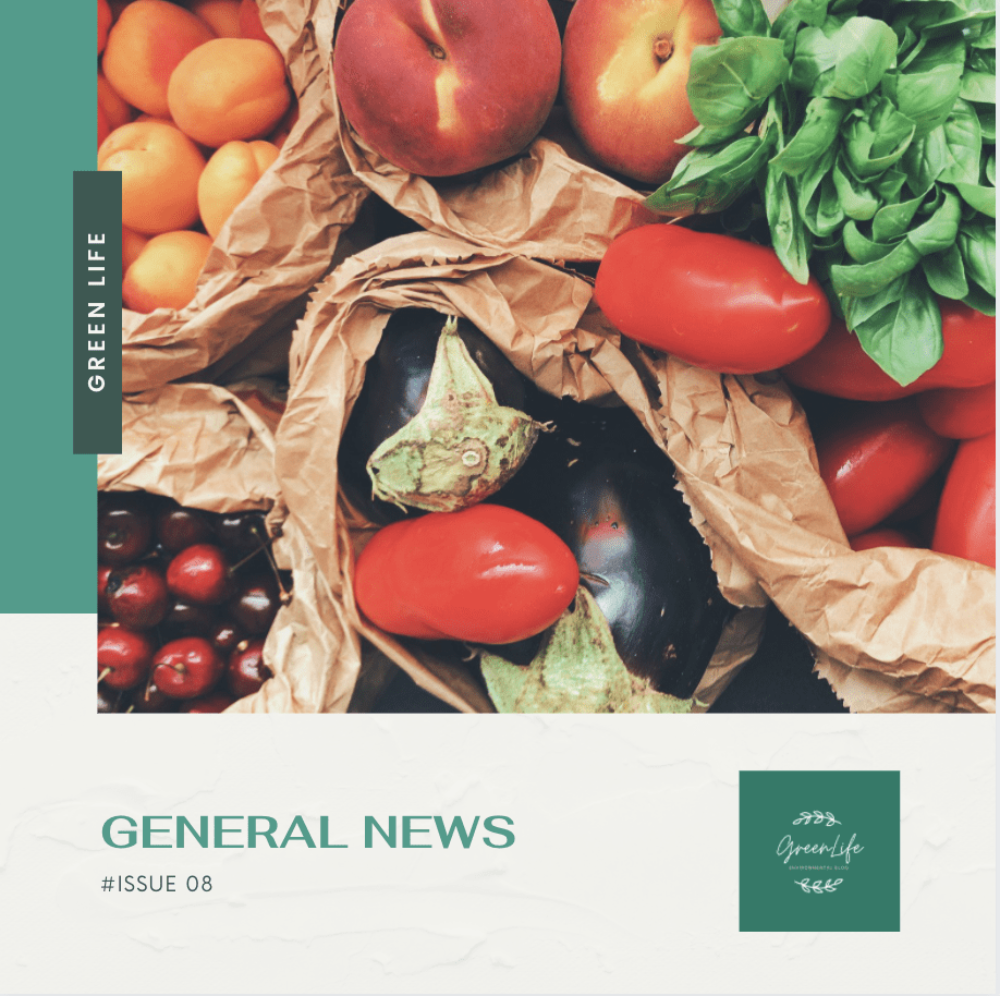Buying sustainable food
Issue #08


Eating and shopping sustainably are usually associated with being vegan. But there is so much more behind it. Have you ever wondered why there are strawberries in the supermarket all year round, even though half of the year they don’t grow here in the north? And what effect does that have on our environment?
Friday is farmers’ market day, a weekly ritual to go to the farmers’ market in Leeuwarden. People are busy shopping at the fruit and vegetable stand. The range of fruits and vegetables here is quite different from the supermarket. Strawberries, mango, or pineapple are rarely found here. The saleswoman looked quite perplexed at me when I asked for blueberries at the stand. “We don’t have them yet, it’s too cold for them.” But why are they already in the supermarket?
We are all aware that strawberries can’t be from here when it’s minus degrees outside. Most groceries have a long journey behind them before they end up in our supermarket. It is almost taken for granted that it can be bought and eaten at any time of the year. Most fruits and vegetables are harvested raw so that they can grow and ripen during the long delivery. During the transport, a lot of emissions are released into the environment, which is harmful. In short, this does not sound sustainable.

There is a reason why certain fruits and vegetables are not always available at the weekly market. To help the environment, it would be beneficial to buy according to season and region. This has several advantages: it is better for the environment and also tastes much better when it has been allowed to ripen properly. At the same time, you support the purchase of seasonal fruits and vegetables and reduce transport costs. After all, on average 2.1 tons of CO2 are produced per person each year due to transport and storage. Another step is to pay more attention to the region. It is not surprising that harvested vegetables from the Netherlands have a significantly lower CO2 footprint than imported vegetables from Chile.
To get a better overview of the variety of vegetables, it helps to have a seasonal calendar to keep up to date on what fruits and vegetables grow when and from your region. This allows you to discover many new recipes and always look forward to the next season.
#StayGreen 🌎🌿
Check out our Instagram! ☺️
